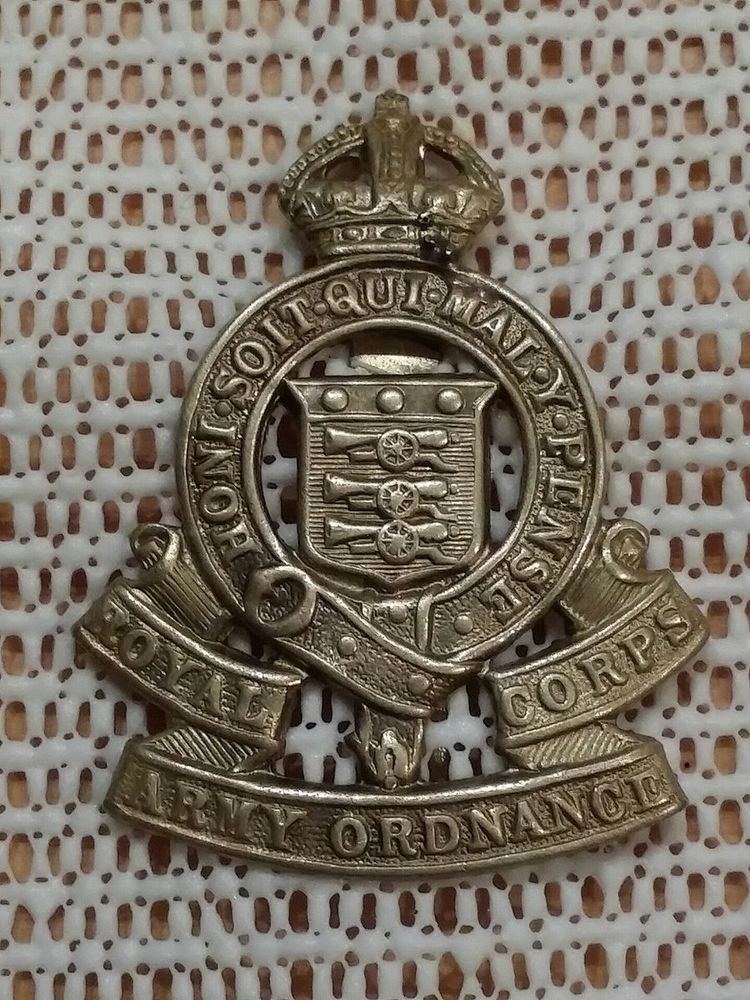 | ||
With the adoption of the Singapore strategy in the 1920s as a key cornerstone of Imperial Defence, Singapore and Malaya became the major British bases in the East, not only to defend British possessions in Asia, but also the Dominions of Australia and New Zealand, who also contributed a large portion of the construction costs.
Contents
- Malaya Command 19241942
- MalayaMalaysia 19451972
- ANZUK Force 19711974
- New Zealand Forces South East Asia 19741989
- References
Up to the 1920s Malaya and Singapore were seen as benign areas, and as such only a small Ordnance Depot was located in Singapore. By 1937 a New Base Ordnance Depot and Workshops had been completed in Alexandra, Singapore. In the early 1940s tensions with Japan were rising, so a steady but insufficient reinforcement of Malaya command was undertaken, and by the start of hostilities in December 1941 many units of the Royal Army Ordnance Corps (RAOC), Indian Army Ordnance Corps (IAOC) and Australian Army Ordnance Corps (RAAOC) had been dispatched to the region.
Singapore would capitulate in February 1942 in what was to be the largest loss of manpower, resources and stature in the Empire's history and it would not be until late 1945 the British forces returned. Post war, Britain and other Commonwealth nations retained military forces in the region to fight the communist insurgency, deal with the confrontation with Indonesia and nurture the independence of Malaysia and Singapore until 1989 when the New Zealand forces departed Singapore.
From the beginning of the commitment to the defence of Malaya and Singapore, the RAOC, IAOC, AAOC and the Royal New Zealand Army Ordnance Corps (RNZAOC) were working behind the scenes keeping the forces supplied, and during the 1950s and 60s working with and handing over their responsibility and facilities to their Singaporean and Malaysian counterparts as their nations became self-sufficient.
Malaya Command 1924–1942
Malaya/Malaysia 1945–1972
RAOC residual unit withdrawn in 1975
Formally the Armament Depot of the British Naval Base, the majority of the depot was handed back to the Singapore Government in 1972 by the RAOC, but several Explosive Storehouses (ESH) were retained as the ammunition depot of the RNZAOC NZAOD until 1989.
28 OFP was a RAOC and RAAOC unit capable of fully mobile operations and level of support required for brigade operations. Most of the vehicles Binned vehicles and wagons, fully equipped and stocked with spares to support the brigade in the field. Stores replenishment was achieved through sustainment runs to 3 BOD Singapore.
ANZUK Force 1971–1974
ANZUK Ordnance Depot was the Ordnance component, manned by service personnel from the RAOC, RAAOC and RNZAOC with locally employed civilians (LEC) performing the basic clerical, warehousing and driving tasks. It was part of the ANZUK Support Group supporting the short lived ANZUK Force in Singapore from August 1971 to September 1974. ANZUK Ordnance Depot was formed from the Australian/NZ 5 AOD and UK 3BOD and consisted of:
New Zealand Forces South East Asia 1974–1989
From 1974 to 1989 the RNZAOC maintained the New Zealand Advanced Ordnance Depot (NZAOD) in Singapore as part of New Zealand Force South East Asia (NZFORSEA).
